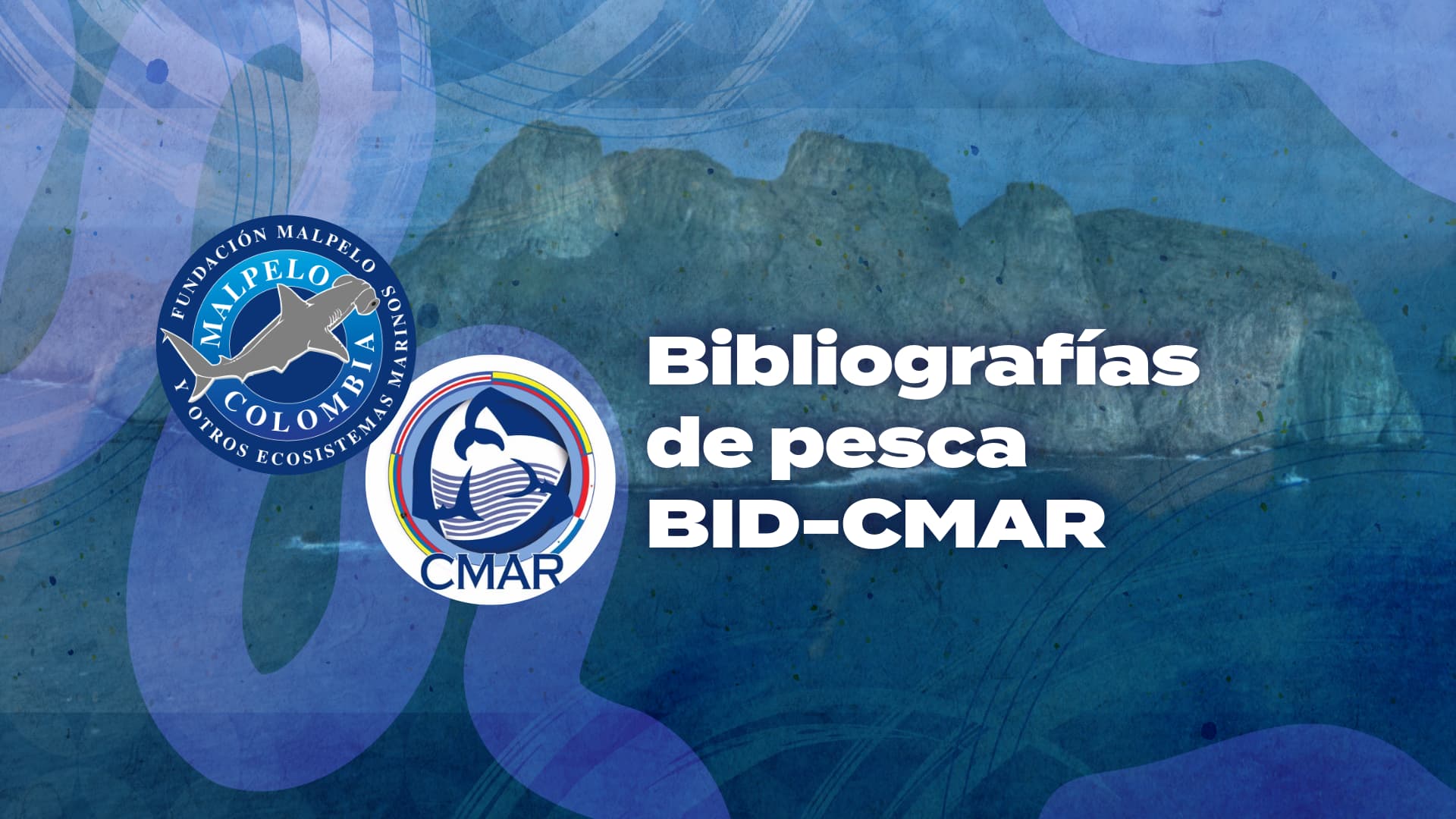
Bibliografías de pesca BID-CMAR
En esta colección encontrarás los recursos relacionados con el Corredor Marino del Pacífico Este Tropical (CMAR), una iniciativa que busca gestionar de manera sostenible las zonas de mar territorial de Colombia, Panamá y Costa Rica. Creado tras el "Acuerdo de San José" en 2004, el CMAR incluye el Proyecto de Pesca BID-CMAR, enfocado en implementar una plataforma de información pesquera regional.
-
Encuentra en esta colección
- Otros
- 837 Artículos
-
Creada el:
- 15 de Julio de 2019
